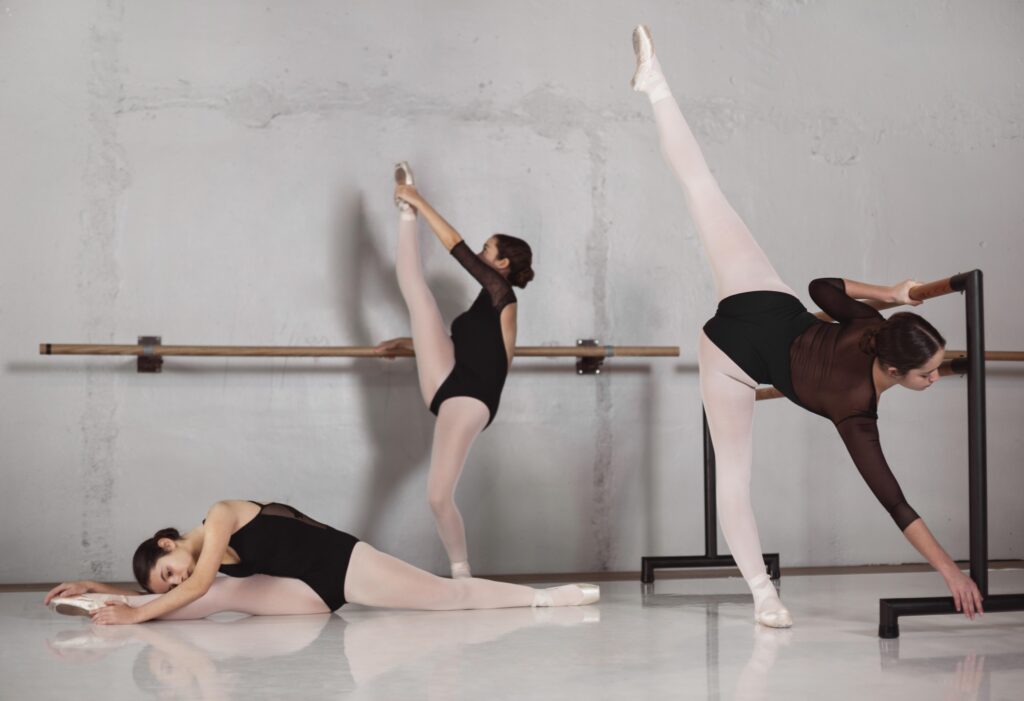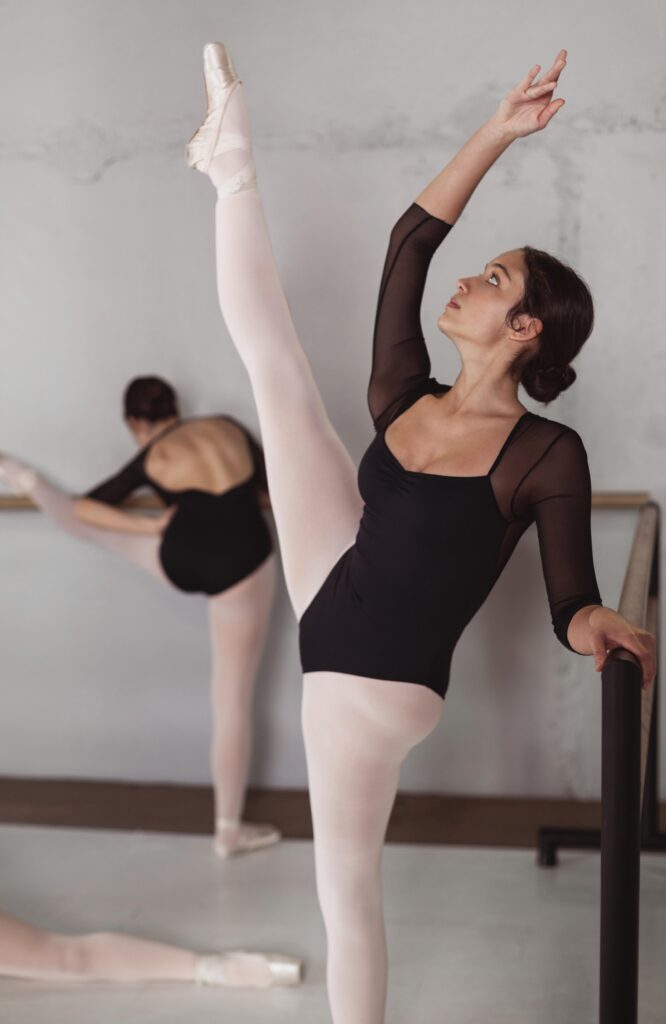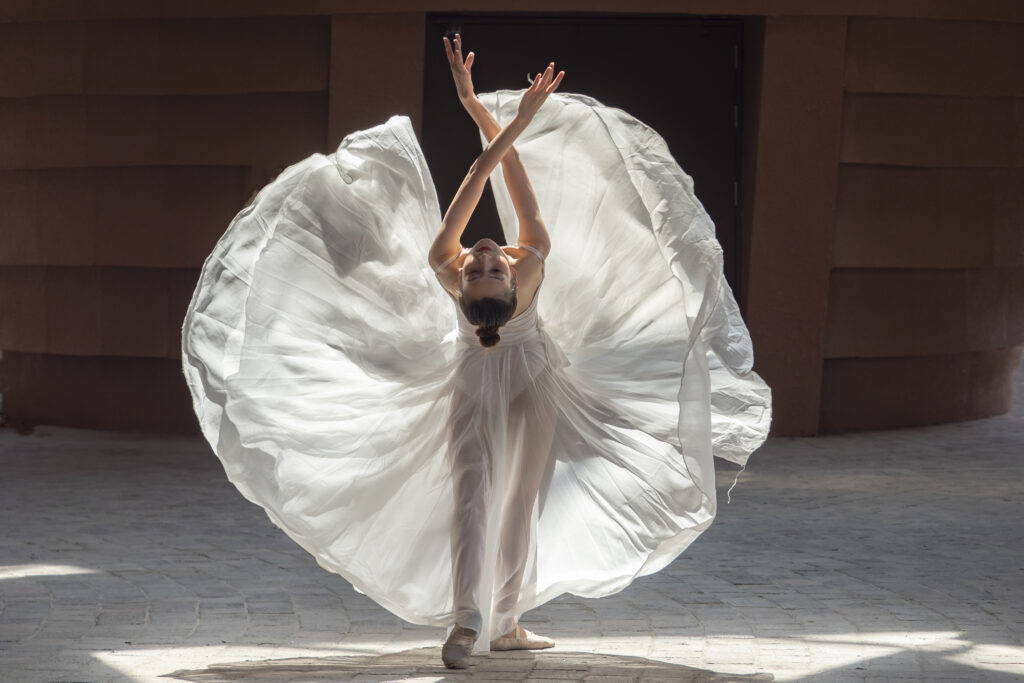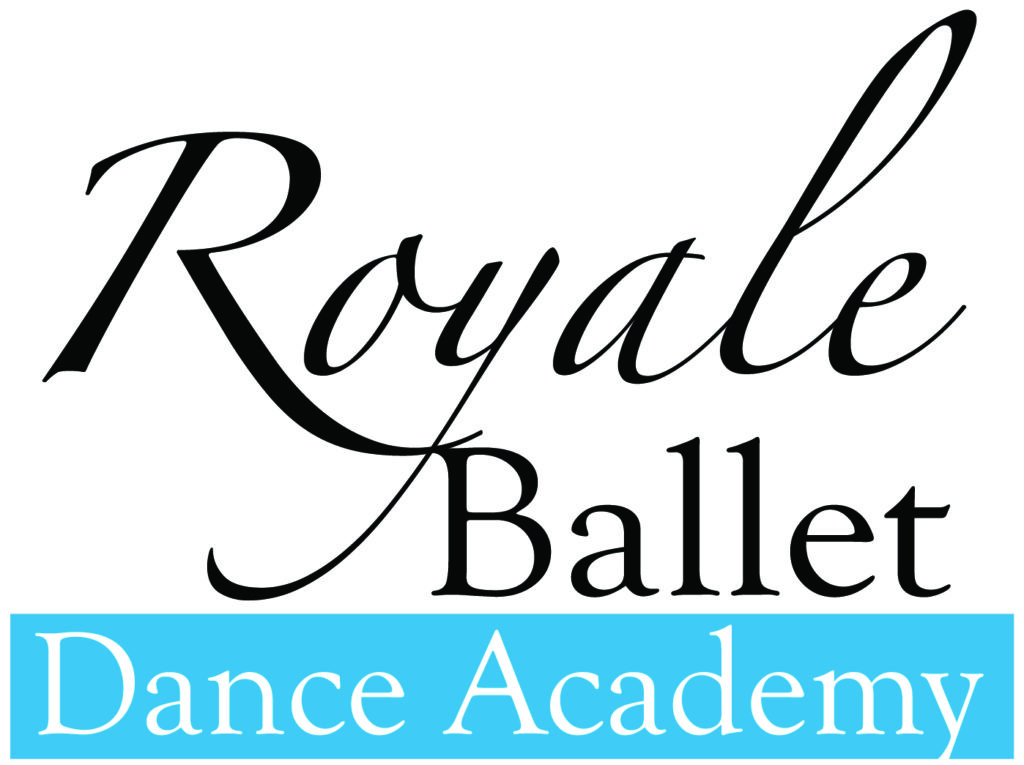
Ballet is a highly technical and artistic form of dance that requires years of practice to master. It is a discipline that has been refined over centuries and is still evolving today. At the heart of ballet technique lies a precise and complex set of movements that require strength, flexibility, and control.
In this article, we will take a closer look at the techniques and styles that make up ballet, with a particular focus on the Royal Academy of Dance (RAD) curriculum. We will explore the historical and cultural context of ballet, the foundations of ballet technique, and the key movements and styles that are used in ballet choreography and performance. We will also examine the training and development of ballet dancers, from the earliest stages of their training to their professional careers.
Key Takeaways
- Ballet is a highly technical and artistic form of dance that requires years of practice to master.
- The Royal Academy of Dance (RAD) curriculum provides a comprehensive and progressive approach to ballet training, starting from the earliest years of a dancer’s development and continuing through to professional levels.
- Understanding the historical and cultural context of ballet, the foundations of ballet technique, and the key movements and styles used in ballet choreography and performance are essential for anyone looking to develop their skills in this discipline.

The Foundations of Ballet Technique
As ballet dancers, we know that mastering the fundamentals of ballet technique is crucial to achieving success in this art form. The foundations of ballet technique are built upon years of training and discipline, and require a deep understanding of body alignment, balance, coordination, strength, control, flexibility, endurance, and turnout. In this section, we will explore the key elements of the foundations of ballet technique.
Alignment and Posture
Body alignment is an essential element of ballet technique. Proper alignment ensures that the dancer is using their core muscles to support their movements, which in turn allows for greater control and precision. Good posture is also important, as it helps to maintain proper alignment and prevent injury. Ballet training emphasizes the importance of maintaining a neutral spine, engaging the core muscles, and keeping the shoulders down and relaxed.
Balance and Coordination
Balance and coordination are two critical components of ballet technique. Ballet dancers must be able to maintain their balance while executing complex movements, such as turns and jumps. Coordination is also essential, as dancers must be able to move their arms, legs, and torso in a coordinated manner. Ballet training focuses on developing these skills through exercises such as adagio, which involves slow, controlled movements that require a high degree of balance and coordination.
Flexibility and Strength
Flexibility and strength are two other key elements of ballet technique. Ballet dancers must be able to move through a wide range of motion, which requires a high degree of flexibility. At the same time, dancers must also have the strength to execute movements with control and precision. Ballet training emphasizes the importance of developing both strength and flexibility through exercises such as pliés, tendus, and développés.
In conclusion, the foundations of ballet technique are built upon a long period of training and discipline. Proper body alignment, balance, coordination, strength, control, flexibility, endurance, and turnout are all essential elements of this technique. By focusing on these key areas, dancers can develop the skills they need to excel in this beautiful art form.

Key Ballet Techniques and Styles
Ballet is not just a form of dance, but also an art form that requires technical precision and mastery. There are several ballet methods that dancers can learn and perfect, each with its own unique style and technique. In this section, we will explore three of the most popular ballet methods: the Cecchetti Method, the Vaganova Method, and the Royal Academy of Dance Method.
Cecchetti Method
The Cecchetti Method was developed by Enrico Cecchetti, an Italian ballet dancer and teacher. This method emphasizes the importance of correct body alignment, balance, and control. It also focuses on the use of the arms and head to create beautiful lines and shapes. The Cecchetti Method is known for its attention to detail and technical precision, making it a popular choice for professional ballet dancers.
Vaganova Method
The Vaganova Method was developed by Agrippina Vaganova, a Russian ballet dancer and teacher. This method combines elements of the French, Italian, and Russian ballet techniques to create a unique style that emphasizes fluidity and grace. The Vaganova Method also focuses on the use of the whole body, including the arms, legs, and torso, to create expressive and dynamic movements. This method is known for its emphasis on musicality and artistic expression.
Royal Academy of Dance Method
The Royal Academy of Dance Method, also known as RAD, is a ballet method developed by the Royal Academy of Dance in London. This method focuses on the development of both technical and artistic skills, with an emphasis on creativity and expression. The RAD Method is known for its structured syllabus, which provides a clear progression of skills and techniques for dancers to master. This method is popular among both professional and recreational ballet dancers.
In conclusion, these three ballet methods are just a few examples of the many techniques and styles that ballet dancers can learn and perfect. Each method has its own unique approach to ballet, but all share a common goal: to create beautiful, expressive, and technically precise movements that capture the art form’s essence.
Understanding Ballet Movements
Ballet is an art form that requires a high degree of technical skill and artistry. To become a skilled ballet dancer, one must master a range of movements that require grace, precision, and control. In this section, we will explore some of the most important ballet movements and techniques.
The Art of the Turn
One of the most iconic ballet movements is the turn. A turn is a movement in which the dancer rotates their body around a vertical axis. Turns can be performed on one foot or both feet, and they require a great deal of balance and control. Some of the most common turns in ballet include pirouettes, fouettés, and chainés.
To execute a turn with precision, it is important to maintain proper posture and alignment. This involves keeping the shoulders down and back, the core engaged, and the hips level. By maintaining proper alignment, a dancer can execute a turn with greater ease and control.
Mastering the Pas de Deux
Another important aspect of ballet technique is the pas de deux. This is a dance for two people, typically a male and a female dancer. The pas de deux requires a high degree of coordination and synchronization between the two dancers, as well as a strong sense of artistry.
To execute a pas de deux with grace and precision, it is important to maintain proper posture and alignment. This involves keeping the shoulders down and back, the core engaged, and the hips level. Additionally, the dancers must work together to create a sense of fluidity and connection between their movements.
Expressive Solo Techniques
Finally, ballet also includes a range of expressive solo techniques. These movements allow a dancer to showcase their personal style and artistry. Some of the most common expressive solo techniques include arabesques, développés, and grand jetés.
To execute these movements with grace and precision, it is important to maintain proper posture and alignment. Additionally, a dancer must be able to convey a sense of emotion and expression through their movements. This requires a high degree of artistry and personal style.
Overall, mastering ballet technique requires a great deal of dedication and practice. By focusing on proper posture and alignment, as well as developing a sense of artistry and personal style, a dancer can become a skilled and expressive performer.

Ballet Choreography and Performance
Choreographic Styles and Innovators
Ballet choreography has evolved over the centuries, with each era marked by distinct styles and innovators. From the classical ballets of Marius Petipa to the contemporary works of Kyle Abraham, choreographers have pushed the boundaries of ballet technique and structure to create new ideas and choreography.
Petipa’s choreography is known for its beauty and structure, with precise footwork and intricate partnering. On the other hand, Kyle Abraham’s choreography is characterized by its contemporary style and incorporation of street dance elements. Both choreographers have made significant contributions to the world of ballet and have inspired countless dancers and choreographers.
Interpreting Music and Rhythm
Musicality is an essential aspect of ballet performance, and dancers must interpret music and rhythm in their choreography to create a mood and emotional impact. Ballet dancers must have a deep understanding of music to interpret it effectively in their performances.
Choreographers also play a crucial role in interpreting music and rhythm in their choreography. They must choose music that complements their choreography and create movements that match the music’s rhythm and mood.
Creating Emotional Impact
Ballet choreography can evoke a range of emotions, from joy and excitement to sadness and despair. Choreographers must create movements that convey the intended mood and emotions to the audience.
Dancers must also bring their emotions to the performance to create an emotional impact. They must connect with their characters and the story they are telling to create a compelling performance.
In conclusion, ballet choreography and performance are complex and multifaceted, requiring a deep understanding of beauty, structure, musicality, and emotions. Choreographers and dancers must work together to create a compelling performance that evokes a range of emotions and leaves a lasting impact on the audience.
Contemporary Ballet and Its Influences
Contemporary ballet is a genre that has been evolving since the 1950s. It is a fusion of classical ballet techniques with modern dance, character dance, and theatricality. In this section, we will explore some of the influences that have shaped contemporary ballet.
Fusion with Modern Dance
Contemporary ballet has been heavily influenced by modern dance. Modern dance emphasizes creativity, improvisation, and the mind-body connection. This has led to a more expressive and fluid style of ballet. Dancers are encouraged to explore their own movement and express themselves through their bodies. This has resulted in more innovative and experimental ballet productions.
Character Dance and Theatricality
Another influence on contemporary ballet is character dance. Character dance is a style of dance that emphasizes storytelling and theatricality. It is often used in ballet productions to add depth and complexity to the story. For example, in “Sleeping Beauty,” the character dance is used to represent the different fairy tale characters. In “Swan Lake,” the character dance is used to represent the different swans. This has led to more complex and nuanced ballet productions.
Innovative Ballet Productions
Contemporary ballet has also been influenced by innovative ballet productions. Ballet companies are constantly pushing the boundaries of what is possible in ballet. For example, the ballet “Optional Family: A Divertissement” is a contemporary ballet that explores the complexities of family relationships. It uses a mix of classical ballet techniques and modern dance to create a unique and compelling performance.
In conclusion, contemporary ballet is a constantly evolving genre that has been influenced by modern dance, character dance, and innovative ballet productions. These influences have led to a more expressive and experimental style of ballet that emphasizes creativity, the mind-body connection, and theatricality.

Our Website: https://www.royaleballet.com/
See Our Google Reviews: https://maps.app.goo.gl/qqJPmTktrd96qD4r5
Contact Us: https://royaleballet.com/contact
comments +